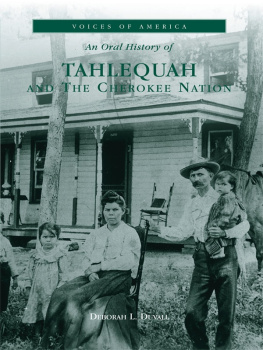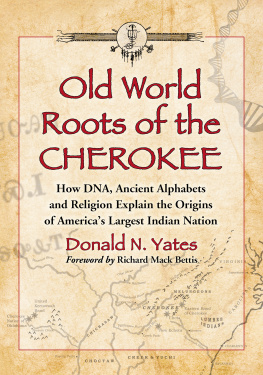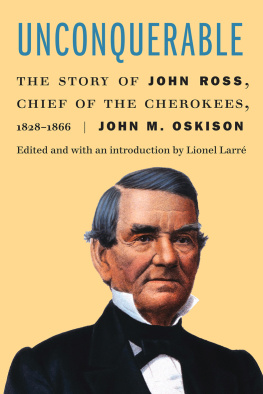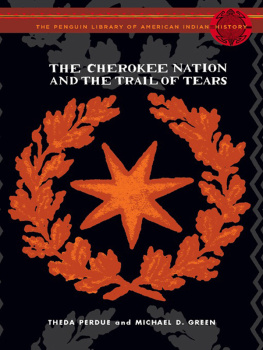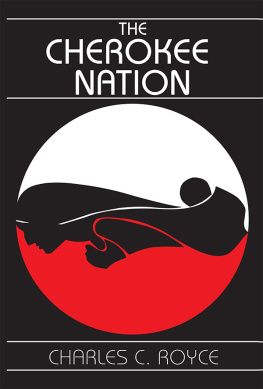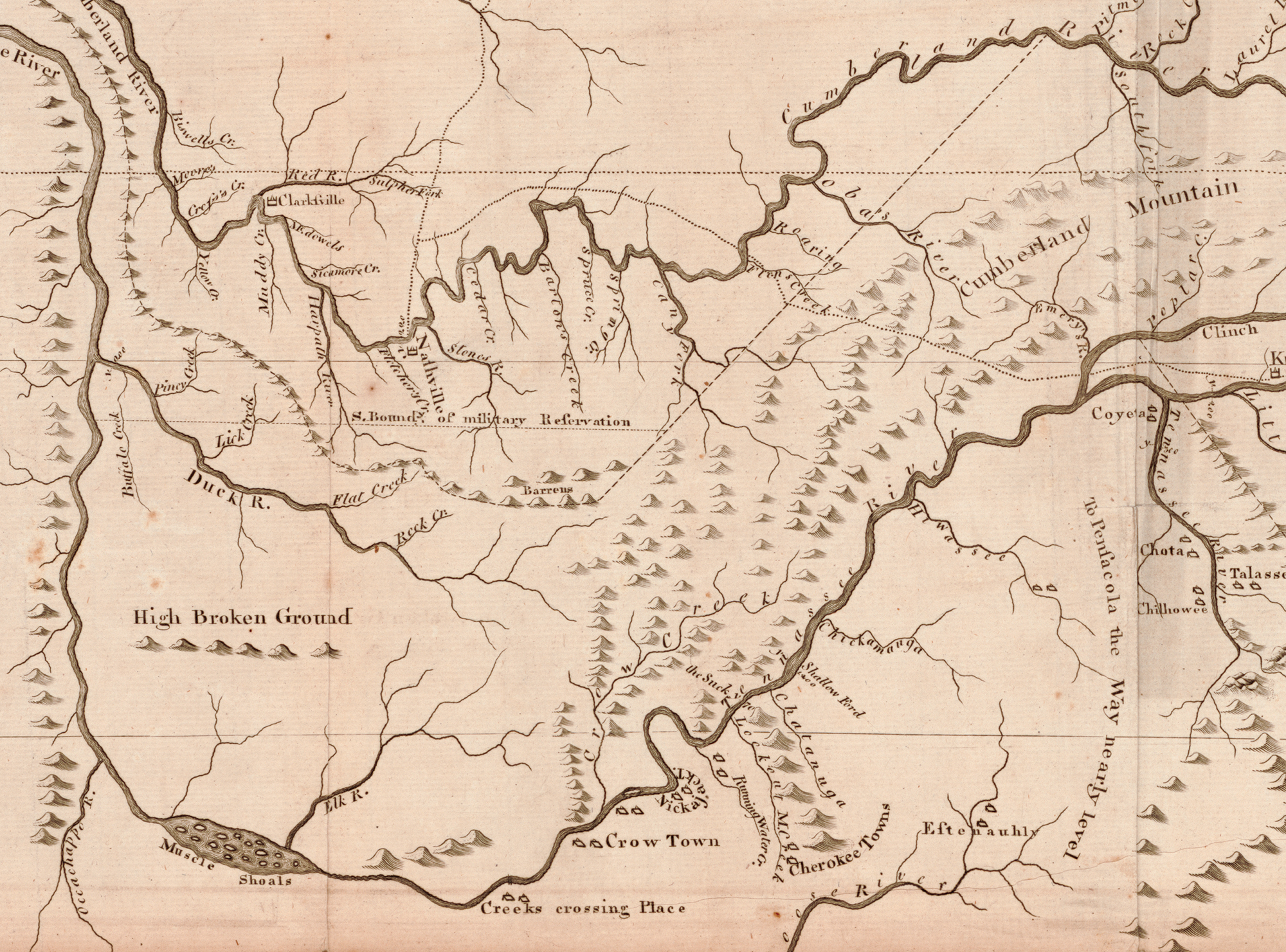Thank you for downloading this Simon & Schuster ebook.
Get a FREE ebook when you join our mailing list. Plus, get updates on new releases, deals, recommended reads, and more from Simon & Schuster. Click below to sign up and see terms and conditions.
CLICK HERE TO SIGN UP
Already a subscriber? Provide your email again so we can register this ebook and send you more of what you like to read. You will continue to receive exclusive offers in your inbox.
We hope you enjoyed reading this Simon & Schuster ebook.
Get a FREE ebook when you join our mailing list. Plus, get updates on new releases, deals, recommended reads, and more from Simon & Schuster. Click below to sign up and see terms and conditions.
CLICK HERE TO SIGN UP
Already a subscriber? Provide your email again so we can register this ebook and send you more of what you like to read. You will continue to receive exclusive offers in your inbox.
ALSO BY JOHN SEDGWICK
NONFICTION
War of Two
In My Blood
The Peaceable Kingdom
Rich Kids
Night Vision
FICTION
The Education of Mrs. Bemis
The Dark House

Simon & Schuster
1230 Avenue of the Americas
New York, NY 10020
www.SimonandSchuster.com
Copyright 2018 by John Sedgwick
For image permissions, see Credits, .
All rights reserved, including the right to reproduce this book or portions thereof in any form whatsoever. For information, address Simon & Schuster Subsidiary Rights Department, 1230 Avenue of the Americas, New York, NY 10020.
First Simon & Schuster hardcover edition April 2018
SIMON & SCHUSTER and colophon are registered trademarks of Simon & Schuster, Inc.
For information about special discounts for bulk purchases, please contact Simon & Schuster Special Sales at 1-866-506-1949 or .
The Simon & Schuster Speakers Bureau can bring authors to your live event. For more information or to book an event, contact the Simon & Schuster Speakers Bureau at 1-866-248-3049 or visit our website at www.simonspeakers.com.
Interior design by Ruth Lee-Mui Maps by Jeffrey L. Ward
Jacket design by David Gee
Photograph of Unidentified Native American Union Soldier From
The Civil War Courtesy of WilsonS Creek National Battlefield
Library of Congress Cataloging-in-Publication Data is available.
ISBN 978-1-5011-2871-4
ISBN 978-1-5011-2872-1 (ebook)
For Rana, and for Logan and Kyla of the next generation

Come to the window, sweet is the night-air!
MATTHEW ARNOLD
LIST OF MAPS
Thousands of Europeans are Indians, and we have no examples of even one of those Aborigines having from choice become Europeans!
J. Hector St. John de Crvecoeur, Letters from an American Farmer , 1782
One does not become enlightened by imagining figures of light, but by making the darkness conscious.
Carl Jung, Alchemical Studies , circa 1929
A NOTE ON THE TITLE
A blood moon is a rare form of lunar eclipse. For the Cherokee, any vanishing from the night sky was troubling, as it threw their cosmos out of order. A blood moon was especially terrifying, since the moon did not disappear, but turned bloodred. Meteorologists now see that a blood moon is actually lit by an unusual sunset glow picked up from the earths atmosphere as the sunlight brushes past. But the Cherokee considered the sight an ill portent. The moon was red with rage over what lay below.

INTRODUCTION
T his is the last big surprise of the Civil War: It was fought not just by the whites of the North and South, and by the blacks who mostly came in after Emancipation. as many as 30,000 of them, from the Seneca and Shawnee of the Northeast to the Creeks and Seminoles in the Southwest, nineteen tribes altogether. They fought at Second Bull Run, Antietam, Wilderness, Spotsylvania, and Petersburg in the East. But most of their battles were fought west of the Mississippi, beyond the range of the eastern newspapers that covered the war.
While the Indians were skilled as scouts, trackers, horsemen, and sharpshooters, their greatest value may have been their fighting skills. Shaped by a warrior culture, most were used to violence, and they took to battle. Their long black hair spilling out from under their caps, their shoddy uniforms ill-fitting, their faces painted in harsh war colors, they surged into battle with a terrifying cry, equipped not just with army-issue rifles but also with hunting knives, tomahawks, and, often, bows and arrows. Even when mounted on horses, they exhibited a deadly aim, and their arrows sank deep, leaving their victims as much astonished as agonized. Theyd close fast, whip out a tomahawk to dispatch their man, then pounce on the corpse with a bowie knife to shear off a scalp to lift to the sky in triumph. The New York Tribune fulminated against an Aboriginal Corps of Tomahawkers and Scalpers among the rebels, but President Jefferson Davis was not embarrassed enough to order his Indians to stop. The natives killed as Indians, and they often died as Indians, too. When one dwindling band of sharpshooters, fighting for the Union at Petersburg, Virginia, in the yearlong siege at the close of the war, found themselves out of bullets, surrounded by a tightening ring of Confederates, they lifted the blouses of their uniforms over their heads and chanted their tribal death song until the end came.
If that is the last big surprise, another one lies hidden within itabout the mysterious behavior of the Cherokee in the conflict. Of all the tribes that fought in the Civil War, the Cherokee were one of the very few to come in on both sides, and, of those few, by far the most notable. The internal nature of their own conflict doubled the slaughter, and also drew the fight into their territory, bringing more sweeping devastation. Nearly a dozen battles were fought on Cherokee land, more than on any other Indian territory, starting with Caving Brooks in 1861 and Cowskin Prairie the following year; continuing through Pea Ridge just outside it, the greatest pitched battle in the West; and running through other battlegrounds that have been ignored by history. By the time of the surrender in 1865, the war had devastated the Cherokee Nation.
At first, virtually all the Cherokee sided with the Confederacy, identifying with the Southern plantation owners, and proud of the black slaves they themselves had bought to pick their cotton. And, complicit with the state of Georgia, the Union had been responsible for the land theft that had cost them their ancestral territory and packed them west in the forced migration known as the Trail of Tears three decades before.
But why did the Cherokee not stay united against a common enemy? How could they have divided against themselves? To answer this, we need go back three decades to the terrible winter of 1838 and the issue that would never go away. Removalthe cruel shorthand for the Trail of Tearswas to the Cherokee Nation what slavery was to America, an issue so profound as to be bottomless and unending. To the outside world, it pitted the Cherokee against Andrew Jackson and his nefarious Indian Removal Act. To the Cherokee themselves, the matter was more complicated and far more divisive. The Cherokee Nation did not stand as one against the threat of removal; it stood as two, one side agreeing that, given the relentless white encroachment, the Cherokee had to go, and the other insisting that they stay forever, come what may. Stay or gothe question could not have been more essential or more agonizing. On this, there could be no compromise. Follow the past, or chase the future? Hold to tradition, or start afresh? Philosophical as these questions might seem, they were as real as children, as houses that had been built by hand, as crops that had been teased from the earth, as the deer that gamboled in the forest, as the sun that rose over the mountains.
Next page


